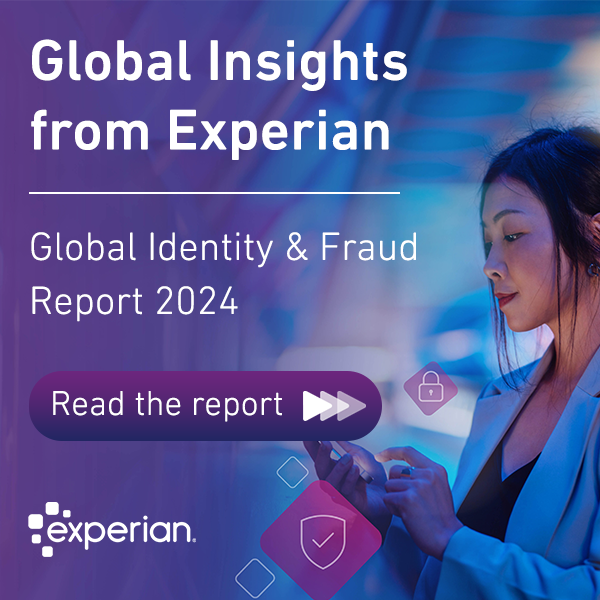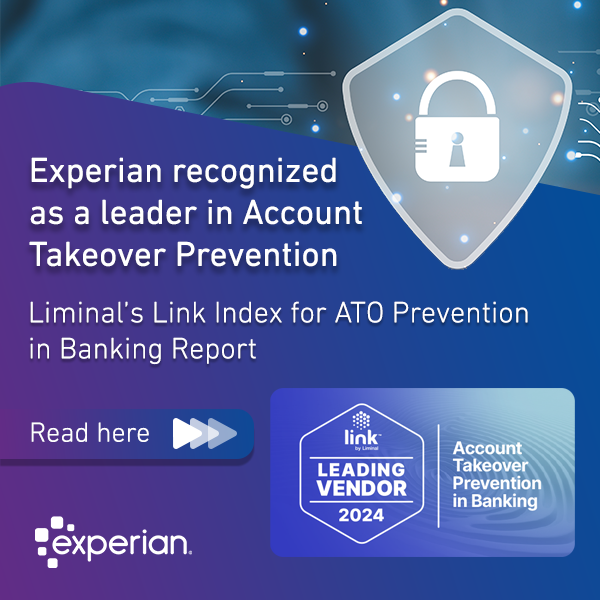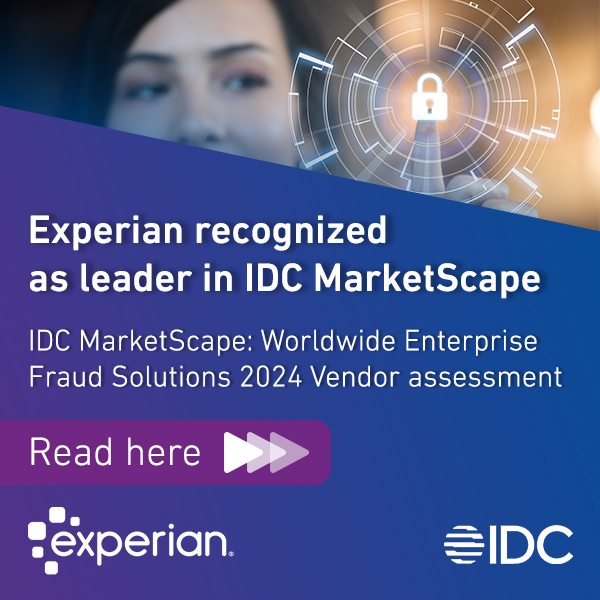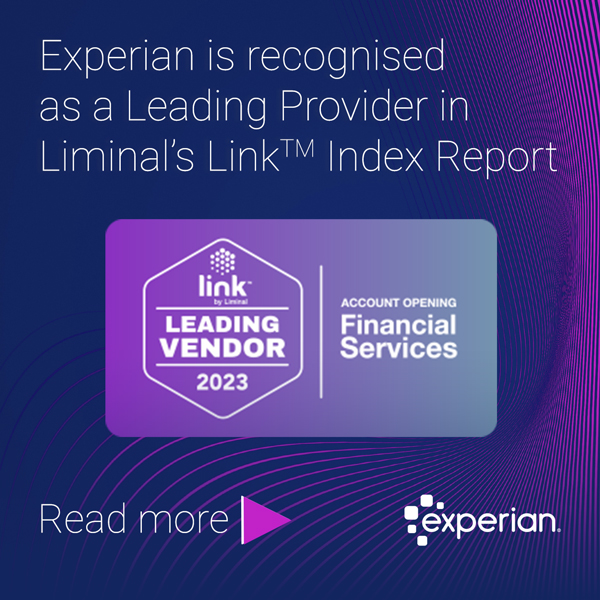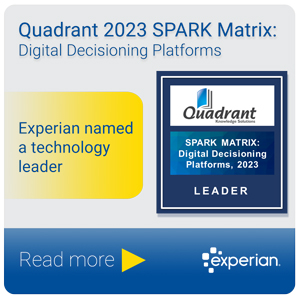Monthly Archives: January 2021

In a world drastically and constantly changing, industries and technologies are being transformed at a rate never before experienced. Recently, I had the opportunity to speak with Roy Schulte, Distinguished VP Analyst at Gartner, about trends in the evolving world of big data, advanced analytics, and decision intelligence — trends that are powered by advancements in cloud technology, machine learning, and real-time streaming. Below, I will share a summary of key highlights. The growth of decision management More businesses are implementing decision management. They want to make more automated decisions to accelerate outcomes while improving applicability. In tandem, decisions are becoming more complicated with regulators increasingly expecting decisions to be explainable and with audit trails built-in. Equally, the combination of machine learning and decision management has placed greater focus on the importance of avoiding bias. Bringing all of this together promises continuous decision improvement; updating models and strategies in days or even hours rather than weeks and months. Essential in responding to the rapidly changing environments, none more so than the impact of Covid-19. As businesses are implementing decision management, they are putting the new systems into the cloud. Based on a Gartner survey in mid-2020, 67% of respondents said their digital business platform will be cloud-native application architecture. It’s the primary criteria for the architecture of many of these new systems. Migrating to the cloud The reason decision management is going to the cloud is the same reason other areas of business are taking this step. Organizations are highly motivated not to run their own systems. There is no competitive advantage to doing so. They want to entrust it to others so they can focus on what the business does best. The migration will continue gradually to the cloud, with a current acceleration based on Covid-19. In a recent Gartner survey, 65% of respondents said the pandemic accelerated their plans and funding for doing digital business. Most models and strategies will be built in the cloud, and the actual runtime decisions will be distributed with some on the cloud, some on-premise in a data center, and some out in the edge in a mobile device. Real-time streaming In the past, traditional business information was done on static, snaps of data from the past. Today, much of this is going real-time, depending on the kind of decision that is being made. For example, when a customer is visiting a website, there are mere seconds to generate the next best offer. This is a real-time decision. However, some decisions do not require real-time, such as the strategic decision to acquire another company or not. That is why it’s important to align the decision speed and cadence with the actual business problem. If real-time data will be used, such as for an e-commerce situation, some of it must be streaming data. With the increase in factors taken into account when making decisions, you need data that is connected, contextual and continuous. The data must come for your entire ecosystem, not a single department, but across your company, business partners, your customers, or market data. Streaming examples for e-commerce might include location, what the person has been doing on the web recently (clickstreams), and records of contact with your business such as calls and emails. A real-time lookup is involved with inventory and external factors like credit rating through an API, and customer data will include historical and real-time. With these factors, real-time decisions for e-commerce will be more effective, with higher yield rates and lower fraud rates. Machine learning in model building and execution Machine learning (ML) is making predictions, not decisions. When a prediction is made and a score is provided, a rule must be applied to determine outcomes based on the score. If considering rules or analytics, the truth is that in most cases, both are needed. The goal of ML in decision management is to have applications that are easier to develop, faster to develop, and lead to more accurate outcomes. To achieve this objective, a process covering all stages of a decision cycle is needed — Observe: Getting connected, contextual, continuous intelligence. Governance is key at this step to know where data is coming from and that it will be used in authorized ways. ML models and strategies must avoid bias and alternative data sources and lending criteria should be considered to expand the business without incurring increased risk. Orient: The next step is putting the data in context. When dealing with models at scale, it’s important to be able to track outcomes through tools such as performance dashboards. Eventually, this will lead to the hyper-personalization of models. Decide: Once models are built, strategy, rule authoring, and approvals are needed. Workflow and collaboration mechanisms help manage the process and accelerate the pace of developing new decisions. Act: Next comes the deployment of models. Using logic to make decisions across multiple applications accelerates deployment, often referred to as centralized management or reuse of decision factors. Feedback: Finally, continuous logging of decisions and effects of decisions. Tracking provides the ability to audit past decisions, explain what was done, and accurately post hoc remediate. Ongoing feedback also enables continuous decision improvement at an accelerated pace. The future of decision management includes decision intelligence In summary, there are five considerations for the future of decision management — A systematic approach to decision making, including a lot more automation and decision intelligence, is clearly on its way. Migration to the cloud is well underway with acceleration thanks to Covid-19. Equilibrium will be reached where some decisions are made at run time at other locations, but most of the development of decision-making, modeling, and strategies will be based on cloud platforms. Data science ML vendors have not focused on decisions. Some may come to realize the reason you do analytics is decisions and broaden the scope of what they do, or they may stay focused and instead partner with other vendors to enable end-to-end decision making. For certain kinds of logic, graph databases and graph analytics can be very powerful. Likely this will become a big part of decision intelligence going forward. Finally, there is huge untapped potential in optimization technology to improve decisions either at development time or even at run time by applying optimization techniques. This could lead to achieving the full vision of artificial intelligence. Related stories Insights in Action Podcast: Identifying the core capabilities your business needs to get MLOps right New Tech Talks Daily Podcast: Machine learning and AI in business — investment trends pre- and post-pandemic In digital transformation, small wins lead to big outcomes

With the turn of a new year, there’s positive news that a vaccine is making its way to local communities. As businesses set their goals and strategic agendas, a top question comes to mind: what consumer trends are here to stay post-pandemic. While it’s difficult to predict the future, we believe many of the digital behaviors and expectations observed in the past year will persist, calling upon businesses to do more with their data, analytics, and technology to bridge online and offline customer experiences. Top 3 predictions: Customer demand for digital will increase beyond its need-based role, as more people discover the safety and convenience online interactions provide, even as in-person activities are restored Businesses will shift from supporting the digital channel to re-designing the customer journey that seamlessly bridges traditional to digital customer engagement Trust for engaging with businesses online will continue to grow as consumers experience the value of their information used for less intrusive security and more contextual products and services Consumer expectations for digital will continue to grow Throughout the past year, it’s likely you’ve heard or read that the consumer demand for digital is increasing. It’s important to know there’s been an upward trajectory toward digital for many years but the sudden impact of the pandemic accelerated the consumer appetite for digital engagements. A key finding in Experian's global research is the pandemic has driven 20% more consumers to use online and mobile channels from April to September 2020, globally. In specific areas that have traditionally been in-person, such as grocery shopping, we’re seeing upwards of a 60% increase in consumers engaging in these activities online. This points to a category of essential activities that have propelled people into digital that maybe otherwise would not have - for example, those over the age of 65. There's no question the security and convenience of the digital channel will mean some of those consumers will continue to shop and bank online, despite the loosening of lock-downs and in-person behaviors resume. Businesses will focus on redefining the customer journey In the early months of the pandemic, many companies adjusted their operations at break-neck speeds to meet their customers’ needs and demands. Some businesses put temporary measures in place and others, with greater capacity for technology innovation, moved up their timelines for implementing strategic digital transformation initiatives. Consumers may or may not know the behind the scenes for how businesses are changing their operations, but their impatience before and during the pandemic is unwavering. In fact, 1 in 3 consumers will wait no more than 30 seconds before dropping out of a transaction if there’s some delay in progressing or completing it. The pressure on businesses to deliver a secure, convenient experience isn’t new but there’s another factor that must be considered. As people return to doing more things in-person, there’s an equally stronger need to bridge customer engagement across both traditional and digital channels in a seamless way. Almost a quarter of businesses we surveyed are already starting to make active investments in re-defining that customer journey. Consumer trust will continue to increase as more businesses use data for value-add Covid-19 led to a substantial change in people’s behaviors over a short period of time and many consumers have found themselves more trusting of online engagements than in-person ones. Physical safety, of course, being the greatest concern. While we expect to see people loosening up on self-distancing restrictions and doing more in-person, there’s been a tipping point reached in terms of online engagement, and the consumer trends for digital will persist. In the past year, we’ve even seen indicators that people have a better understanding of how their information is used by businesses. This is especially true when it comes to protecting their identity and preventing fraud. In fact, what our research demonstrates is that consumers are willing to give more information if there’s a perceived advantage – such as tighter yet frictionless security. With this increase trust in businesses, there’s an opportunity for companies to use that information to better connect with their customers and deliver a customer experience that’s unique. Related stories: Explore our global research Best 2020 stories: Trends and insights Nasdaq #TradeTalks: Increasing consumer demands and expectations
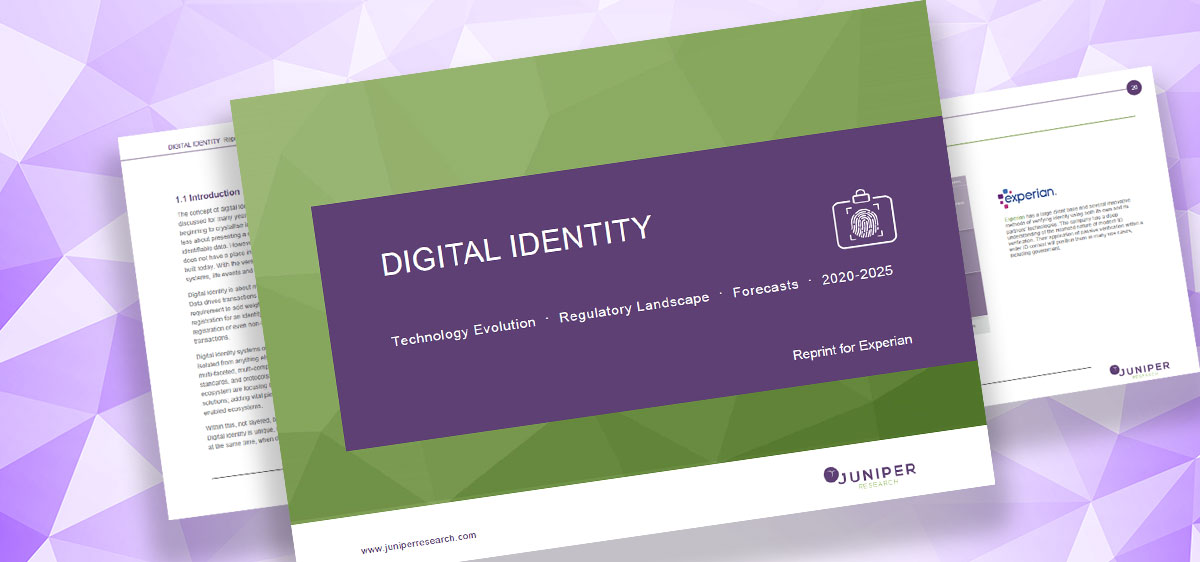
As the world witnessed, the Covid-19 pandemic led to a swift and dramatic digital explosion. As lockdowns began, our day-to-day quickly shifted to a virtual environment. Now, on the back of this widespread response, businesses are forced to rethink their customer engagement model. And, with new digital-first customer journeys, there must be a shift to recognize customers in a predominantly digital way as well. The concept of identity – even digital identity – must evolve. Digitally observable information Recently, I spoke with Juniper Research about this imperative. After analyzing the global digital identity market, they’ve offered insights on current dynamics and trends shaping its future in their Digital Identity Report 2020-2025. Importantly, as we progress digital identities, we must consider more than what a user might typically provide about themselves. We must include digitally observable information, which forms part of a consumer's digital identity. This data includes their device (what they use), and behavioral insights (how they use the device or interact with an app or website). It even includes the specific context of their efforts (what they are doing), such as signing up for an account, moving money, making a payment, virtual window shopping, etc. Related story: View digital identity market trends infographic Intelligent data processing Of course, pulling these kinds of observations together in a meaningful and useful way requires intelligent data processing. This need leads to the use of technologies such as advanced analytics and machine learning to help make sense of the broad streams of data. The double benefit of understanding how to use this aggregated data is that, given the transparent and passive nature of observing data of this nature, it can be used without requiring the consumer to "do" anything other than going about their business. So, businesses can achieve multiple benefits by adopting a forward-looking stance to identity, including reduced risk of fraud, improved customer experience, and stronger consumer/business relationships, which ultimately leads to increased top-line growth. Consumer privacy preferences Finally, to maintain consumer trust as we progress, it's important to acknowledge consumer privacy preferences. Given consumers' concerns around privacy and security, this is an important element within the path forward. Businesses that are transparent around the use of data have been shown to garner greater consumer trust than those that don't offer that transparency. So, any reimagining of digital identity must also have "privacy by design" as a foundation to the approach – not only to meet growing regulatory demands – but, more importantly, to manage consumer expectations. “[It’s] estimated that in 2024 over $43 billion will be lost due to online payment fraud. As we carry on into an unknown future, disrupted by the pandemic, this interwoven nature of identity-security-privacy will play a vital part in making sure our internet, workplace, government services, and banking are safe havens.” -Digital Identity Report 2020-2025, Juniper Research Learn more about: Importance of the evolution of digital identities, including the ability to manage and access the growing volume of online accounts. Advancement of the identity space occurring through the simplified transmission of information via APIs, but the challenge remaining to ensure data is valid, authentic, and from an authorized person. Government attempts at digital identities have faced many challenges, but these use cases continue to progress the development of the digital identity landscape. Benefits to fraud management through the adoption of digital identities can be tremendous – decreasing risk by decoupling identities from transactions, making them more secure from both ends. Usability is king – a good customer experience underlying the use of digital identities will be critical to adoption, and therefore success. Maturation of identity offerings is currently occurring and what’s likely to be successful includes solutions that simplify identity services and those that rely on broader ecosystems. Remote working changes the enterprise approach, with the adoption of Zero Trust Architectures and relevant supporting technologies continuing to emerge to create a safe, yet flexible working environment. The digital identity competitive landscape is evaluated, including vendor analysis and Juniper’s leaderboard. Related stories: Fraud trends during a very pandemic holiday Digital Identity and Blockchain: What lenders need to know Why consumer trust in the digital experience is so important in a pandemic era
